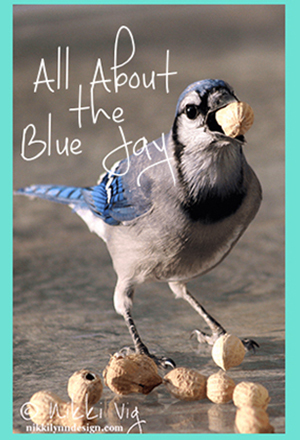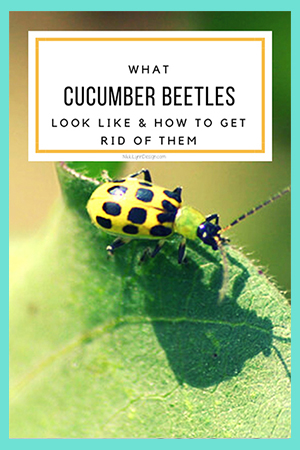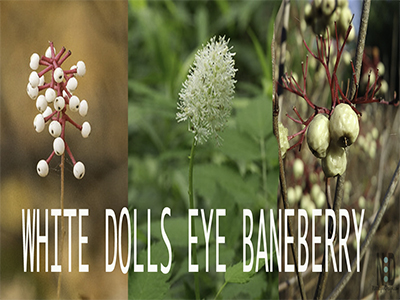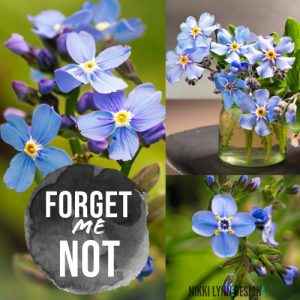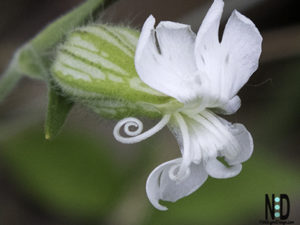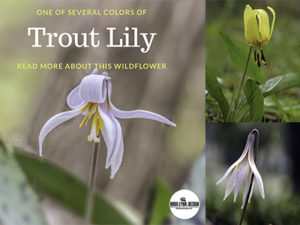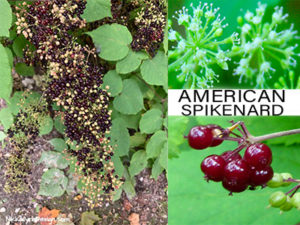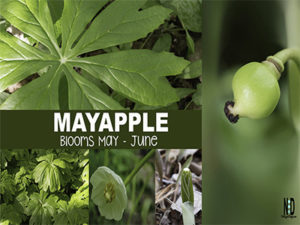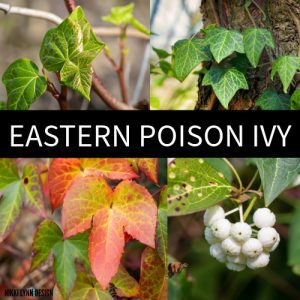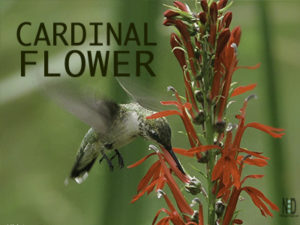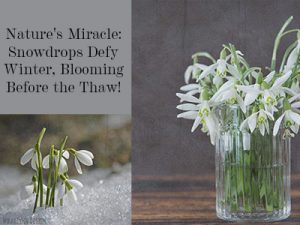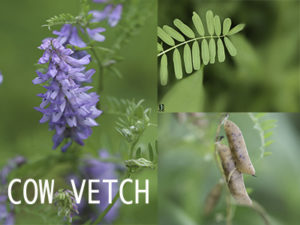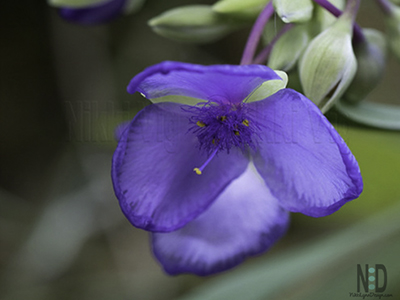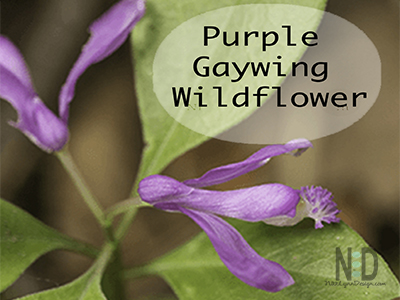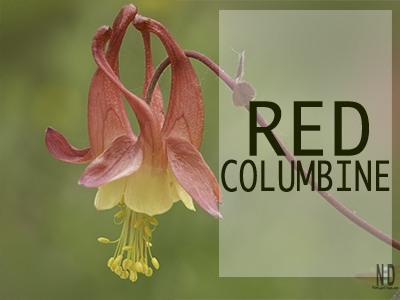White baneberry dolls eyes begins its life with fuzzy white flowers on a green stem and later develop white berries with a black dot in the middle.
General Information On White Baneberry Dolls Eyes
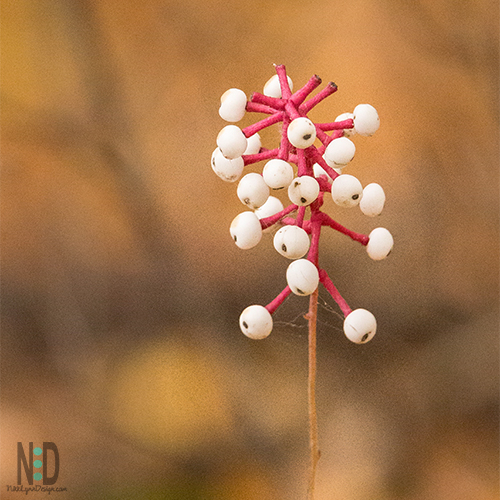
Native wildflower to eastern North America, in eastern Canada, and the Midwest and Eastern United States.
The entire plant, including the berries, is poisonous to humans but birds can eat the berries
| Genus: | Actaea pachypoda |
| Family: | Buttercup |
| Life Cycle: | Perennial |
| Origin: | Native |
| Habitat: | Clay to loamy soils in hardwood and mixed forests |
| Bloom Season: | May, June (Flowers bloom in May and into June, then berries start to develop.) |
| Plant Height: | 1.6 feet or taller |
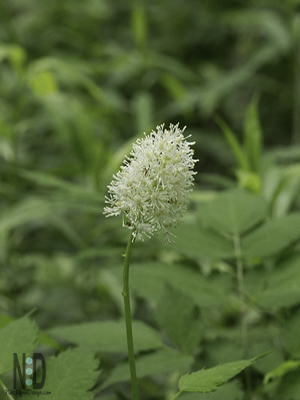
Stage 1 The Flowers
Fuzzy white flowers appear in the early stages of growth on a green stem during late May and into June.
The flowers bloom for about three weeks period of time.
There is also a red baneberry flower that has the same fuzzy flowers, however; it produces red berries instead of white.
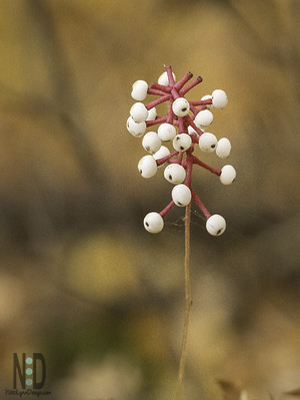
Stage 2 The Berries
Its fruit develops in late summer and early fall, it contains a cluster of white berries on a branched red stalk. The berries are toxic, except birds seem to be immune.
The black dot in the center of each berry that develops is how the plant receives its name. It’s often referred to as Doll’s Eye.
Historical Uses Now Prove Poisonous
Tea was once brewed from the roots of the plant to treat headaches and pain during childbirth. Today we know the plant to be poisonous.
Sharing Is Caring. Pin Me.
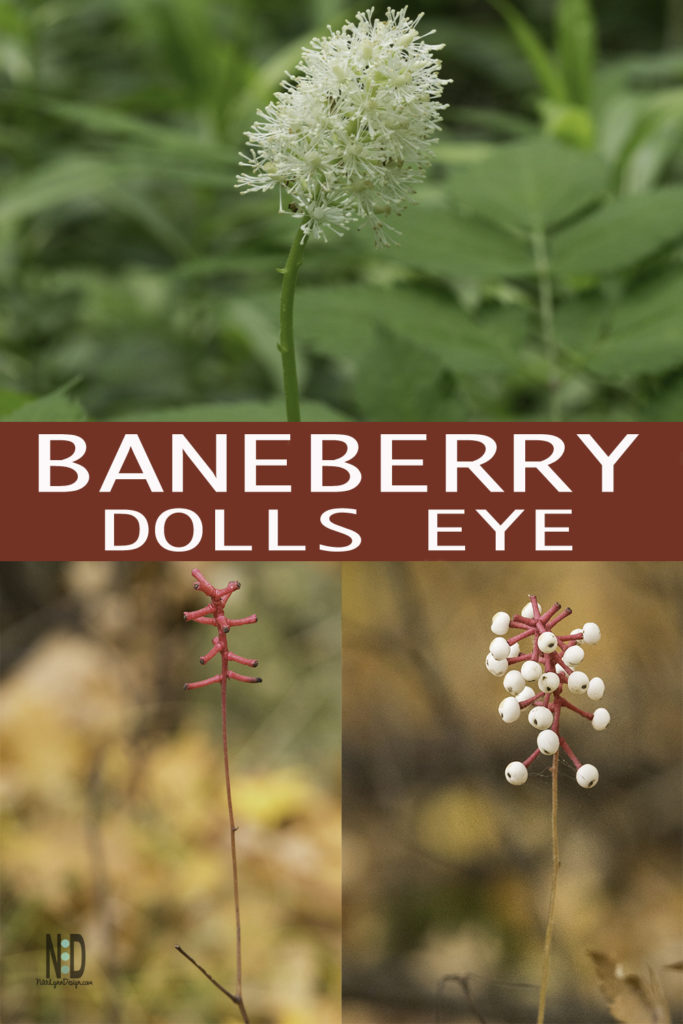
Wildflowers & Woodland Plants
March, April, May, June,
July, August, September
Additional Posts





